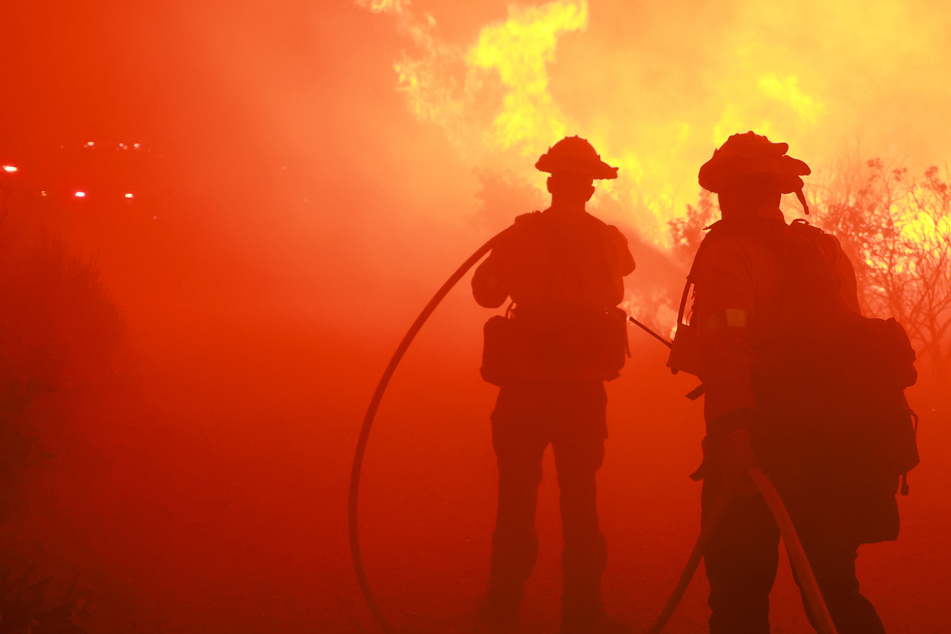Wildfires becoming more frequent and intense due to CO2 emissions
Paris, France - Wildfires made more frequent and intense by climate change released significant quantities of CO2 into the air in 2023-2024, said a first-of-its-kind annual study published Wednesday.

Fires in natural areas caused 8.6 billion tonnes of CO2 emissions worldwide between March 2023 and February 2024 – 16% above average.
Only a relatively calm fire season in the African savannah prevented the 2023-2024 season from breaking a fresh record for CO2 emissions at the global level.
These were among the conclusions in a new study, "State of Wildfires," published in the journal Earth System Science Data.
It was carried out by the University of East Anglia and other institutions based in Britain and aims to be updated on an annual basis.
Emissions from fires in Canada's boreal forests were more than nine times greater than the average over the past two decades. They contributed to almost a quarter of global emissions.
In Canada alone, the fires forced the evacuations of 232,000 people, and eight firefighters lost their lives.
Other areas that also suffered included the Amazon (Brazil, Bolivia, Peru, Venezuela), Hawaii, and Greece.
"Last year, fires killed people, destroyed homes and infrastructure, caused mass evacuations, threatened livelihoods, and damaged vital ecosystems," said Matthew Jones of the University of East Anglia and lead author of the study.
"These fires are becoming more frequent and intense with climate warming, and both society and the environment are suffering the consequences."
Can the wildfire risk be minimized?

The authors of the report concluded that climate change has made weather conditions favoring fires more likely.
They found that human influence has increased by at least a factor of 20, the probability of weather conditions conducive to fires in the western Amazon.
If humanity continues to produce large amounts of greenhouse gas, major fires – like those that took place last year – will become more likely.
But nothing is set in stone.
"The risk can be minimized. It is not too late," said Jones during a presentation of the report to the media.
"A low-carbon future offers a lot of respite from the risks we face in the future."
Over the past two decades, as human activity has warmed the planet, the frequency and intensity of extreme wildfires has more than doubled worldwide, according to a study published in June in Nature Ecology & Evolution.
Cover photo: DAVID SWANSON / AFP

